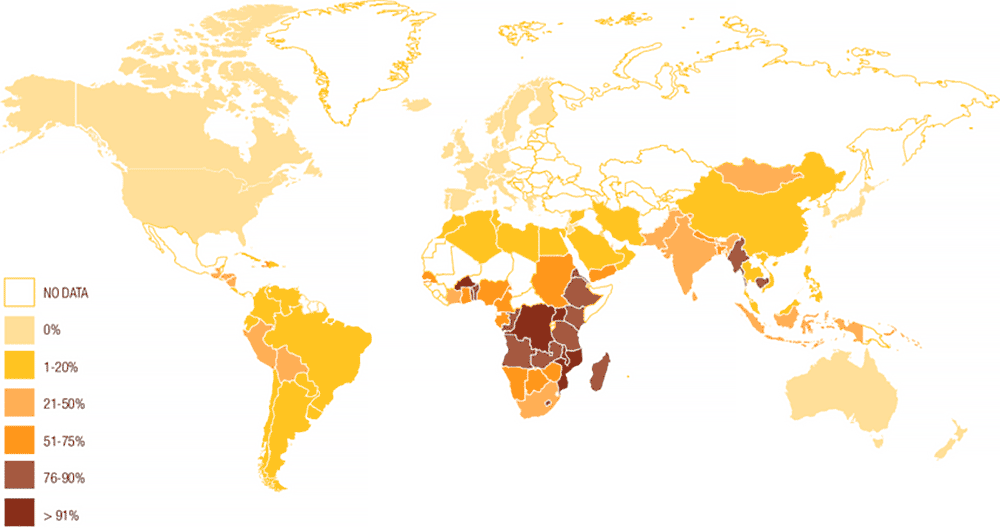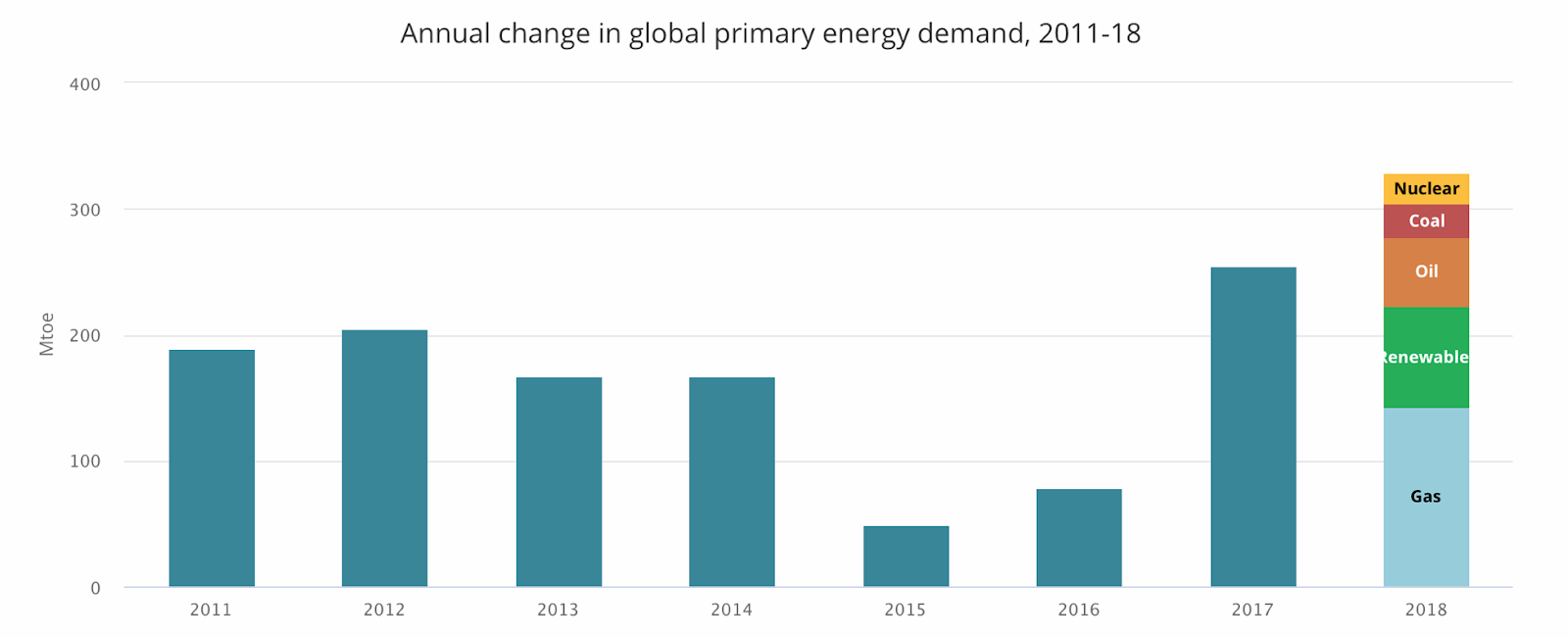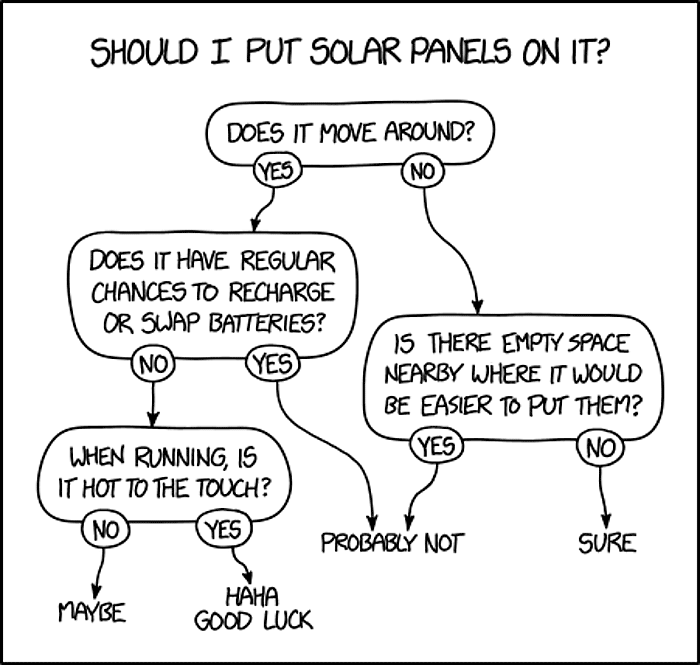
In countries like Nigeria, despite the abundance of natural gas as raw material, less than half the population has access to a stable electricity supply. Even where electricity transmission systems exist, many developing countries rely on expensive and inefficient replacement power generation systems. This has a negative impact both on the environment and on the country's finances and budget because the government often needs to implement subsidies to make it affordable.
GIGAJOULE SOLUTION Features
- Natural gas based power plant
- Gas turbines installed at the barge
- Can be used wherever there is access to the sea
- Positioned on the lagoon, river or harbor
- Natural Gas as Raw Material
- Cleanest of all carbon-based energy sources
- Gas related to oil production (such as in Nigeria) or LNG (Liquefied Natural Gas)
- The latest turbine technology
- Aeroderivative engine
- Modulated with a generator and installed in pairs on a barge

The Problem
At present, it is estimated that up to 2 billion people in the world do not have access to electricity, a figure that is increasing from year to year. This problem is more severe in countries like Nigeria, where less than the amount of electricity needed. In many developing countries where there are electricity transmission systems, power generation obtained through power generation systems is expensive and inefficient. In addition to negativity towards the environment, governments must issue subsidies to get access to, support the negatives for their government finances and budgets.
Renewable energy will have the fastest growth in the electricity sector, providing nearly 30% of electricity demand by 2023, up from 24% in 2017. During this period, renewable energy will get more than 70% growth in global electricity generation, developed by solar PV and followed by wind, hydropower, and bioenergy. "
The Gigajoule Solution
will launch a natural gas-powered solution known as the "Floating Power Plant", based on technology developed by Siemens. The Floating Power Plant uses advanced technology in the form of a Siemens SGT-A65 generation unit that uses derivatives from Rolls Royce Trent aircraft engines. Two SGT-A65 gas-fired generating units are installed on a floating platform, with several units deployed at each location depending on demand. This innovative system produces electricity that is efficient, clean, reliable, and flexible. Gigajoule will be regulated in Malta, a pro-blockchain regulatory environment. In addition, ships with the Flag of Malta enjoy registration and tax benefits.
As with other developments in the energy market, changes are largely placed within the borders of the nation-state, mostly where the rules and regulations that benefit facilitate the renewable energy market. Renewable Energy is largely an unpredictable source of energy. For this reason, the process of integrating renewable energy into the grid rather intensifies the data, inviting challenges and opportunities to find innovative solutions for the calculation, recording, prediction and seamless integration of renewable energy to obtain more environmentally friendly energy.
However, we cannot exclude regions that emit energy that exists in South America and pockets that emit successful energy in Africa, one of the markets developed for alternative energy sources. But that doesn't come without its own problems - there are regions in Africa where renewable energy is easily accessible but it is very difficult to increase the investment needed to build infrastructure and use technology in place.
How Can Blockchain Help?
Asked above, generating electricity, matching supply and demand, and providing predictable questions are the keys to bringing electricity that can be obtained in a broader sense.

Every transaction cannot proceed due to the fact that the use of complex encryption eliminates the need to trust regulators or human entities. Each transaction will be tracked and searched, because the blockchain is not completely anonymous and can be anonymized for energy tracking. In theory, connections in blockchain-powered networks will map the actual grid and connections between producers and consumers - or "prosumers" as they have been called, because they are on both sides of the energy equation.
Projects use the blockchain for the electricity market Because the blockchain has a mechanism to avoid double counting of energy and can trigger automatic events to maintain the speed of the energy network, projects have begun to explore solutions.
One such project, Power Ledger, has an explicit mission to create connections between consumers to buy and sell electricity. Their project facilitates the market but also encourages additional investment in photovoltaics. Through the practice of asset tokenisation, Power Ledger allows for the partial purchase of renewable source assets - thus, enabling anyone to directly participate in the purchase and installation of more green energy households. This increases the energy mix and also brings electricity to areas that were previously unreachable.
WePower offers a similar approach by stressing the importance of directly accessing the green energy market. Depending on the country, green energy can be added to the general mix, adjusting prices set by the state. This platform successfully offers a more efficient price and a direct link to green energy. WePower offers direct on-chain accounting, as well as auction mechanisms to create more efficient price discovery. We Power also presents a Power Purchase Agreement, which is a simpler automated contract. This will enable small businesses or households to achieve better electricity prices, without the need for complicated contracts with electricity suppliers.
Gridplus is another blockchain network coordinator for the US market, which specializes in small-scale lots, potentially linking domestic producers to place their surpluses at competitive prices.

However, the blockchain can be used very well to issue security tokens with which the company ensures there will be investment, returns, and efficiency, in driving the development of new power plants. Blockchain security tokens will be very effective in providing financing to utilize a mixture of fuel and technology (including renewable energy) that is tailored to the community's need for electricity in every emerging market.
Gigajoule's main market is Nigeria. As mentioned earlier, Africa is a market with the potential for a diverse mix of green energy. The company brings gas-based production into the mix. Nigeria was chosen as the main market because of its growing population, as well as its abundance of natural gas, which, however, is burned in vain and underutilized. At the same time, the country promises to become Africa's largest economy, generating a large amount of power to meet demand over the coming decades. A project like Gigajoule will help Nigeria through an unemployment crisis that spreads through education and employment programs for those in need.
Because it sounds promising, Gigajoule's task of building an offshore gas turbine platform will require time - power generation equipment can save 18 months for procurement and therefore, Gigajoule needs to be repaired two years so that the power plant can be accessed and get help.

GIGAJOULE TOKEN
To fund the implementation of the Gigajoule project, an initial exchange offer (IEO) will be carried out, by issuing digital tokens, called Gigajoule tokens (GIGJ). Unlike most ICO and IEO, GIGJ tokens will not be simple utility tokens, can be exchanged for goods or services that will be produced in the future. Instead, GIGJ tokens are arranged as collateral: the token holders will benefit from the success of the project. GIGJ token holders will be entitled to receive an annual dividend of 15% of the profits generated by the Gigajoule project, in proportion to the amount of their tokens.
- Name: Gigajoule Token
- Symbol: GIGJ
- Technology standard: ERC-20
- Total supply: 65,625,000
- IEO Sales: 52,500,000
- Standard price: USD 1.00
- Hard stamp: 50,000,000
- Soft stamp: 10,000,000
- Personal Pre-sale: 30%
- IEO Round 1 (5 days): 12%
- IEO Round 2 (5 days): 10%
- IEO Round 3 (5 days): 5%
- IEO Round 4 (5 days): 0%
- IEO token sales: 10%
- Gigajoule Team: 10%
- Advisors & partners: 80%
- Arrangement fee: 40%
- Shipyard staff: 5%
- Production Staff: 5%
- Project development: 25%
- Barge construction: 25%

WEBSITE: https://gigajoule.io/
WHITEPAPER: https://secureservercdn.net/160.153.137.210/d37.ba6.myftpupload.com/wp-content/uploads/2019/09/Gigajoule-Whitepaper-v9.pdf
FACEBOOK: https://www.facebook.com/gigajouletoken
TELEGRAM: https://t.me/Gigajoule_group
Username : Ozie94
ETH : 0xDa2F65ea0ED1948576694e44b54637ebeCA22576

No comments:
Post a Comment